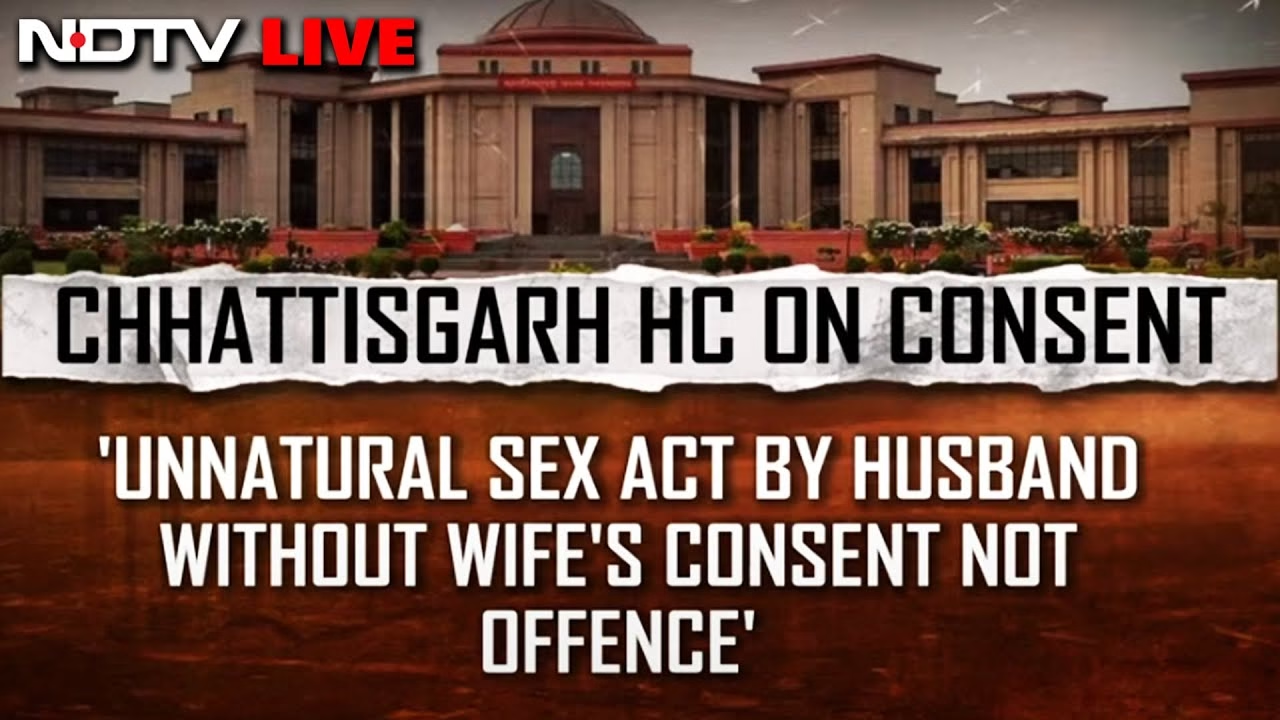Decoding Legal Battles: The Fight of Indian Women for Justice
In India, the struggle for women’s rights is a complex tapestry woven with threads of legal battles, societal biases, and historical injustices. This article delves into the stark realities faced by Indian women seeking justice, the legal frameworks designed to protect them, and the persistent challenges that undermine their pursuit of equality. If the law is meant to protect, why does it often feel like another barrier for Indian women seeking justice? We’ll explore recent legal decisions, analyze societal attitudes, and examine the ongoing fight against gender-based violence and discrimination.
Table of Contents:
- Historical Context: A Legacy of Discrimination Against Indian Women
- The Illusion of Protection: How Laws Fail Legal Rights of Indian Women
- Small Victories: The Fight for Dignity in Language
- Redefining Marital Status: Eradicating Derogatory Terms
- The Horror of Marital Rape: Legal Loopholes and Injustice
- The Myth of Consent: How Marriage Nullifies Autonomy
- Beyond Legal Recourse: Seeking Justice Through Domestic Violence Laws
- Societal Attitudes: The Root of the Problem
- Accusations of Misuse: Undermining Genuine Victims
- What Can You Do?
Historical Context: A Legacy of Discrimination Against Indian Women
For centuries, Indian women have endured systemic discrimination and violence, often exacerbated by religious and social norms. The normalization of violence against women has created a society where many are unaware of the extent of physical, mental, and emotional abuse they face.
This historical context is crucial to understanding the present-day struggles and the deep-rooted biases within the legal system. Furthermore, understanding this legacy helps contextualize the ongoing fight for legal rights of Indian women.
Religious Texts and Misogyny
Many religious texts have contributed to the negative portrayal of women, reinforcing patriarchal views that depict them as deceptive or unworthy of trust. For example, the quote in mahabharata
“त्रिया चरित्रम पुरुषस्य भाग्यम देवो न जानती कुतो मनुष्य”
suggests that even gods cannot understand the character of a woman. In Hindu tradition, this reinforces a sense of mystery and untrustworthiness associated with women.
This historical context has led to limited roles and agency for women. Such beliefs have historically justified the oppression and mistreatment of women, influencing societal attitudes and legal interpretations. Therefore, the impact of religious texts cannot be understated.
British Era and Independence
During British rule and after India’s independence, reformers like Dr. B.R. Ambedkar fought to secure rights and protections for women, leading to the enactment of laws aimed at promoting equality. However, these laws have often been undermined by patriarchal interpretations and societal resistance, perpetuating the cycle of injustice. However, these efforts laid the groundwork for future advancements.
The Rise of Brahminical Power
In recent years, the rise of right-wing political forces has further threatened Indian women’s legal rights, with attempts to overturn progressive reforms and reinforce traditional patriarchal structures. This has led to increased scrutiny of laws designed to protect women, with accusations of misuse and calls for their weakening or repeal. In addition, this presents a significant challenge to gender equality.
The Illusion of Protection: How Laws Fail Legal Rights of Indian Women
Despite the existence of laws intended to safeguard the rights of Indian women, the reality is that many women find themselves further victimised by the legal system itself. Accusations of misuse, biased interpretations, and a lack of sensitivity to the unique challenges faced by women contribute to a system that often fails to deliver justice. Consequently, women face significant hurdles in accessing their rights.
Misuse of Protective Laws: A Common Accusation
One of the most common criticisms leveled against laws like Section 498A (cruelty by husband or relatives) is that women frequently misuse them to harass or extort their husbands and their families.
This narrative has been amplified by the judiciary and the media, creating a perception that women are abusing the legal system for personal gain. Therefore, this perception needs to be carefully examined.
Judicial Bias and Patriarchal Mindsets
Even female judges can perpetuate patriarchal attitudes, as seen in the case of Justice Neela Gokhale, who emphasized the need to prevent the misuse of Section 498A without jeopardizing women’s interests.
This suggests an inherent belief that women are prone to misusing the law, reinforcing the need for stricter controls and oversight. However, this highlights the deep-seated biases within the judiciary.
The Reality of False Accusations
While false accusations do occur, they are often used to delegitimize the experiences of genuine victims and undermine the credibility of all women who come forward with claims of abuse.
It’s important to recognize that the vast majority of women who report abuse are telling the truth and deserve to be heard and supported. Therefore, addressing false accusations should not overshadow the needs of genuine victims.
Small Victories: The Fight for Dignity in Language
Even seemingly minor victories, such as the removal of derogatory terms like “divorcee” from court documents, represent significant steps forward in the fight for women’s dignity and respect. These victories highlight the pervasive nature of societal biases and the need for constant vigilance in challenging discriminatory practices. Thus, these small wins contribute to a larger movement for equality.
The Jammu & Kashmir High Court Ruling
In a landmark decision, the Jammu & Kashmir High Court banned the use of the term “divorcee” to describe women in court proceedings, recognizing its demeaning and stigmatizing effect.
Justice Vinod Chatterji Koul stated that referring to women as “divorcees” is a “bad habit” that needs to be stopped immediately, emphasizing that such labels are not applied to men. Furthermore, this ruling sets a precedent for respectful language in legal settings.
Challenging Societal Stigma
This ruling challenges the societal stigma associated with divorce, which often brands women as outcasts or failures. By removing the label “divorcee” from legal documents, the court is sending a message that women should not be defined or judged by their marital status. Therefore, this contributes to a shift in societal attitudes.
A Symbolic Victory
While this victory may seem small, it has a profound impact on the lives of women who have experienced the humiliation and discrimination that often accompany divorce. It serves as a reminder that even seemingly minor changes in language and practice can contribute to a more just and equitable society. In addition, it provides hope and encouragement for future progress.
Redefining Marital Status: Eradicating Derogatory Terms
Similarly, the Supreme Court’s decision to prohibit the use of terms like “illegitimate wife” or “faithful mistress” reflects a growing awareness of the need to protect women from derogatory and dehumanizing language. This ruling underscores the importance of upholding women’s fundamental rights, regardless of their marital status or circumstances. These victories, though seemingly small, pave the way for broader legal redefinitions.
The Supreme Court’s Intervention
The court emphasized that such language is demeaning and perpetuates harmful stereotypes about women. Therefore, the Supreme Court plays a vital role in protecting women’s rights.
Upholding Fundamental Rights
This decision affirms that all women, regardless of their marital status or the validity of their marriage, are entitled to dignity and respect. It also reinforces the principle that the state has a responsibility to protect women from discrimination and ensure their access to justice. In addition, it strengthens the constitutional framework for gender equality.
Challenging Legal Language
This ruling highlights the need to scrutinize legal language and practices to ensure that they do not perpetuate harmful stereotypes or discriminate against women. It also underscores the importance of ongoing education and awareness-raising to promote a more just and equitable legal system. Furthermore, it calls for continuous evaluation of legal terminology.
The Horror of Marital Rape: Legal Loopholes and Injustice
One of the most glaring examples of the legal system’s failure to protect women is the absence of a law criminalizing marital rape. The legal system’s treatment of marital rape is like offering a band-aid to someone with a broken leg – it’s a gesture, but woefully inadequate.
This legal loophole allows husbands to perpetrate acts of sexual violence against their wives with impunity, undermining women’s autonomy and perpetuating a culture of impunity. Therefore, this issue demands immediate legislative attention.
The Chhattisgarh High Court Case
A recent case in the Chhattisgarh High Court exemplifies the injustice faced by women in marital rape cases.

In this case, a woman died after her husband forced her to engage in unnatural sexual acts. Despite the woman’s dying declaration and medical evidence of severe injuries, the High Court acquitted the husband, citing the absence of a law criminalizing marital rape. However, this decision sparked widespread outrage.
Judicial Interpretation and Legal Loopholes
Justice Narendra Kumar Vyas argued that because the wife was over 15 years old, the husband could not be charged with rape.
He also stated that the wife’s consent was not necessary for unnatural sexual acts, effectively condoning marital rape and denying the woman’s right to bodily autonomy. In addition, this interpretation reflects a deeply flawed understanding of consent.
The Absence of Legal Recourse
This case highlights the lack of legal recourse available to women who are victims of marital rape and other forms of sexual violence within marriage. The absence of a law criminalizing marital rape sends a message that women’s bodies are not their own and that their husbands have the right to control their sexuality. Consequently, this perpetuates a cycle of violence and impunity.
The Myth of Consent: How Marriage Nullifies Autonomy
The legal system’s failure to recognize marital rape is rooted in the outdated notion that marriage implies consent to all forms of sexual activity. This view ignores the reality that consent is an ongoing process and that women have the right to refuse sexual advances from their husbands, regardless of their marital status. Therefore, the concept of implied consent must be challenged.
The “Implied Consent” Argument
The argument that marriage implies consent to all forms of sexual activity is based on the patriarchal idea that women are the property of their husbands and that their primary role is to satisfy their husbands’ sexual desires. This view denies women their agency and autonomy and perpetuates a culture of sexual entitlement. Furthermore, it reinforces harmful gender stereotypes.
The Right to Say No
It is essential to recognize that women have the right to say no to sexual advances from their husbands, just as they do from any other person. Consent must be freely given, informed, and ongoing. It cannot be assumed or implied based on marital status. In addition, this right is fundamental to women’s bodily autonomy.
Challenging Patriarchal Norms
Challenging the notion of “implied consent” requires a fundamental shift in societal attitudes and legal frameworks. It requires recognizing women as autonomous individuals with the right to control their own bodies and make their own decisions about their sexuality. Therefore, societal transformation is essential for achieving true equality.
Beyond Legal Recourse: Seeking Justice Through Domestic Violence Laws
In the absence of a law criminalizing marital rape, women often turn to domestic violence laws as a means of seeking protection and redress. However, these laws are not specifically designed to address marital rape and may not provide adequate remedies for the harm suffered by victims. Consequently, women seek alternative legal pathways.
Domestic Violence Act: A Limited Solution
The Protection of Women from Domestic Violence Act, 2005 provides some protection to women who experience physical, emotional, or sexual abuse within marriage. However, it does not specifically address marital rape and may not provide the same level of protection and redress as a law criminalizing marital rape. In addition, its implementation faces numerous challenges.
Challenges in Implementation
Even when women are able to access domestic violence laws, they often face challenges in implementation. Police officers and judges may be reluctant to take marital rape cases seriously, and victims may face social stigma and pressure to reconcile with their abusers. Therefore, addressing these challenges is crucial for effective protection.
The Need for Comprehensive Reform
The limitations of domestic violence laws in addressing marital rape highlight the need for comprehensive legal reform. A law criminalizing marital rape is essential to send a clear message that sexual violence within marriage is unacceptable and to provide victims with the legal recourse they deserve. Furthermore, this reform should be a top priority.
Societal Attitudes: The Root of the Problem
Ultimately, the failure to protect women from marital rape and other forms of sexual violence is rooted in deep-seated societal attitudes that perpetuate gender inequality and condone violence against women. These attitudes must be challenged and transformed if we are to create a society where all women are safe and respected. Therefore, transforming societal attitudes is paramount.
Patriarchal Norms and Gender Inequality
Patriarchal norms and gender inequality create a culture where women are seen as subordinate to men and their rights are not fully respected. This can lead to a situation where women are more vulnerable to abuse and less likely to seek help or receive justice when they are victimized. In addition, this perpetuates a cycle of inequality.
Normalization of Violence Against Women
The normalization of violence against women makes it difficult for victims to come forward and seek help. It also creates a climate where abusers are able to act with impunity, knowing that their actions are unlikely to be challenged or punished. Consequently, this normalization must be actively combatted.
The Importance of Education and Awareness
Transforming societal attitudes requires a sustained effort to educate and raise awareness about gender equality and violence against women. This includes challenging harmful stereotypes, promoting respectful relationships, and empowering women to assert their rights. Therefore, education and awareness are key drivers of change.
Accusations of Misuse: Undermining Genuine Victims
The persistent accusations of misuse of domestic violence laws further undermine women’s ability to seek justice. These accusations are often based on anecdotal evidence and do not reflect the reality that the vast majority of women who report abuse are telling the truth. In addition, these accusations can have a chilling effect on reporting.
Judicial Skepticism and Bias
Judicial skepticism and bias can make it difficult for women to prove their cases and obtain protection from abuse. Judges may be more likely to believe the testimony of male defendants and may be less sympathetic to the experiences of female victims. Therefore, addressing judicial bias is crucial for ensuring fair trials.
The Impact on Victims
The accusations of misuse and the challenges in proving their cases can have a devastating impact on victims of domestic violence. They may feel discouraged from seeking help and may be forced to endure further abuse in silence. Consequently, this silence perpetuates the cycle of abuse.
The Need for Empathy and Support
It is essential to approach domestic violence cases with empathy and support for victims. Accusations of misuse should be treated with caution and should not be used to delegitimize the experiences of genuine victims. Therefore, a victim-centered approach is essential.
What Can You Do?
The fight for women’s rights is an ongoing struggle that requires the collective effort of individuals, communities, and governments. Here are some actions you can take to support women’s rights and promote gender equality:
- Educate Yourself: Learn about the issues facing women in India and around the world to be well-informed.
- Challenge Stereotypes: Speak out against harmful stereotypes and biases that perpetuate gender inequality to foster a more equitable society.
- Support Victims: Offer support and assistance to women who have experienced violence or discrimination to help them heal and recover.
- Advocate for Change: Contact your elected officials and urge them to support policies that protect women’s rights and promote gender equality to influence policy-making.
- Promote Education: Support education and awareness-raising initiatives that challenge patriarchal norms and promote respectful relationships to prevent future injustices.
By working together, we can create a society where all women are safe, respected, and empowered to reach their full potential. Stand up for women’s rights today and be a catalyst for change.
Disclaimer:
This article uses the following terms. They mean the following in the current context.
- Marital Rape: Sexual intercourse with a spouse without their consent.
- Unnatural Sex: Sexual acts against the order of nature. In the current context, it refers to anal sex.
- 498A: Section 498A of the Indian Penal Code deals with cruelty by a husband or his relatives towards a married woman.
Read more about Marital Rape laws in India.
Find out more about Rights of Men in India.
Do you disagree with this article? If you have strong evidence to back up your claims, we invite you to join our live debates every Sunday, Tuesday, and Thursday on YouTube. Let’s engage in a respectful, evidence-based discussion to uncover the truth. Watch the latest debate on this topic below and share your perspective!

